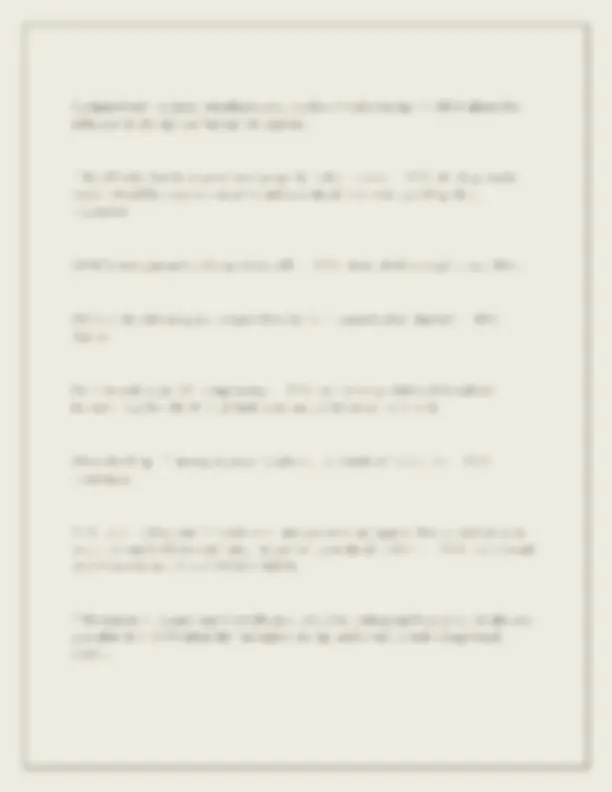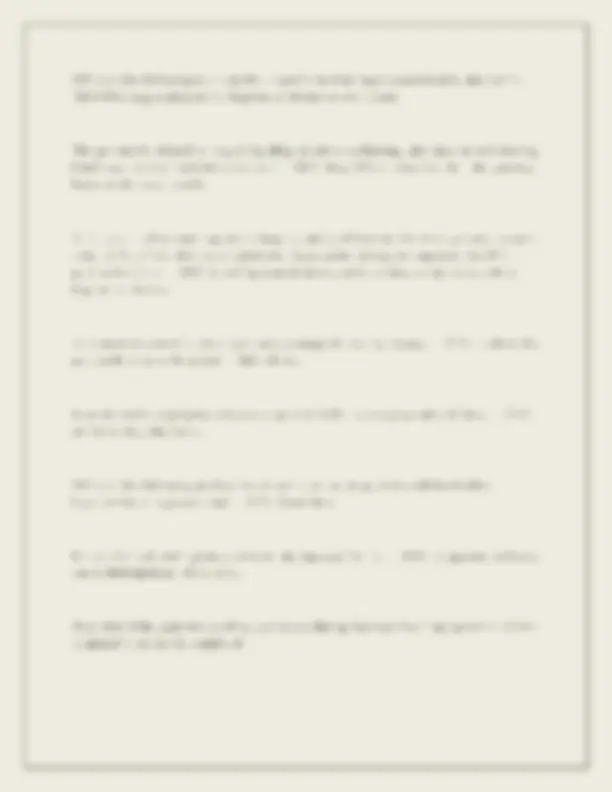














Study with the several resources on Docsity

Earn points by helping other students or get them with a premium plan


Prepare for your exams
Study with the several resources on Docsity

Earn points to download
Earn points by helping other students or get them with a premium plan
Community
Ask the community for help and clear up your study doubts
Discover the best universities in your country according to Docsity users
Free resources
Download our free guides on studying techniques, anxiety management strategies, and thesis advice from Docsity tutors
A series of questions and answers related to airway emergencies, focusing on critical aspects of airway management and patient care. It covers topics such as the risks associated with extubation, the impact of neuromuscular blocking agents, the importance of monitoring respiratory rate, and the use of capnography for confirming proper et tube placement. Insights into the challenges and considerations involved in managing airway emergencies, offering valuable information for healthcare professionals.
Typology: Exams
1 / 20

This page cannot be seen from the preview
Don't miss anything!













Airway Emergencies Exams Questions 2024 - 2025
The most obvious risk associated with extubation is: imating the patient's abilily to protect their airway. Neuromuscular blocking agents: - ANS-convert a breathing patient with a marginal airway into an apneic patient with no airway. An adult patient with an abnormal respiratory rate should: - ANS—be evaluated for other signs of inadequate ventilation, Tf return of spontancous circulation (ROSC) occurs, which of the following ETCO2 findings would you expect to encounter? - ANS—An abrupt and sustained increase in ETCOZ carbon dioxide elimination, A decrease in which of which of the following decreases resulting in a building of carbon dioxide in the blood? — ANS—minute volume Capnography is a reliable method for confirming proper ET tube placement because: — ANS-—carbon dioxide is not present in the esophagus, When ventilating a patient with facial injuries, il is most important to: — ANS—be alert for changes in ventilation compliance.